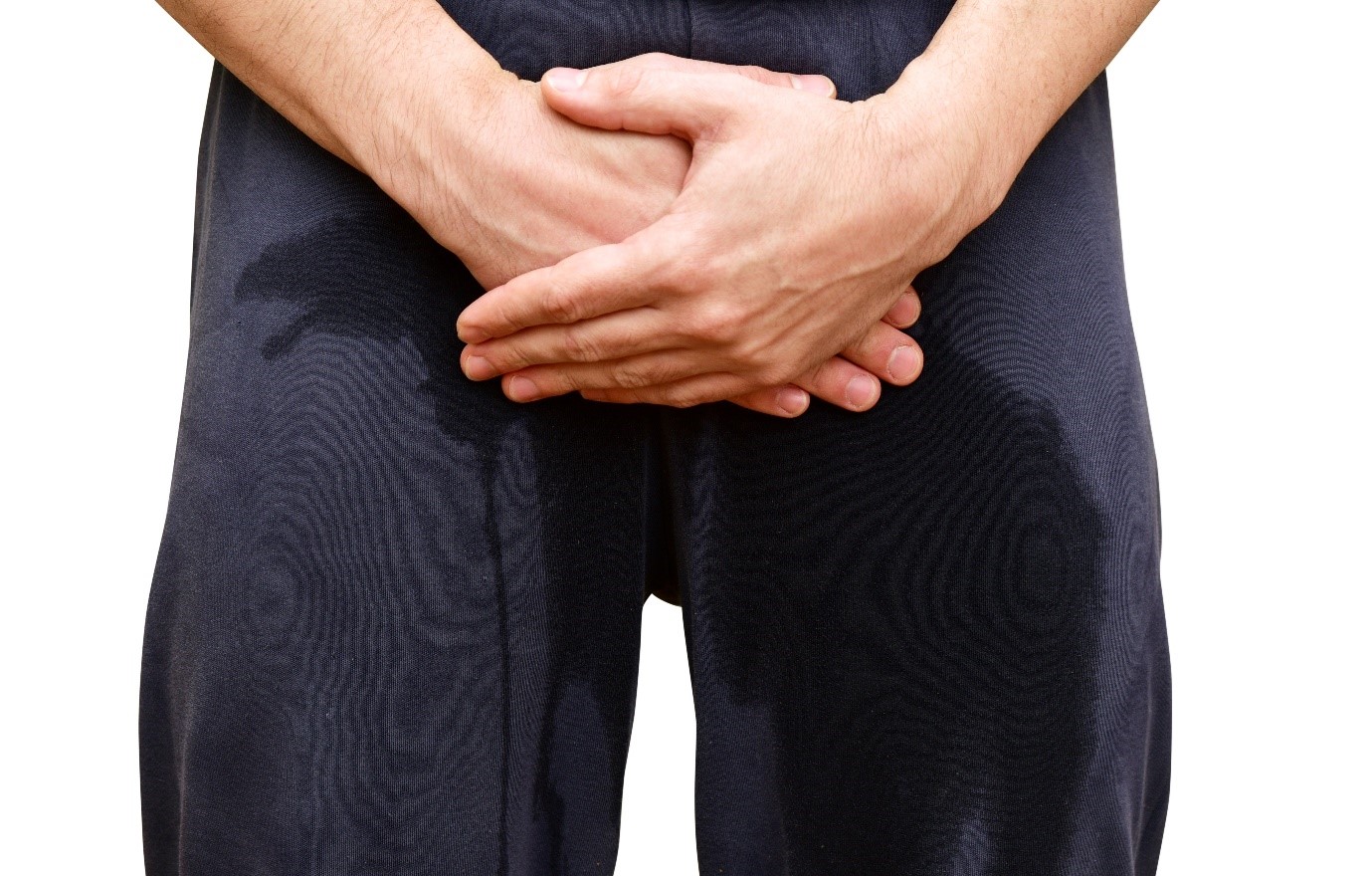A condition that impacts many individuals, causing problems with bladder control and involuntary urine leakage.
It can have a major effect on everyday life, but the good news is that there are effective treatment options.
What is Urinary Incontinence?
Urinary incontinence is when you lose control over your bladder, causing urine leakage.
This condition affects the urinary system, including the
- Kidneys
- Ureters
- Bladder
- Urethra.
Incontinence occurs when this system malfunctions due to weak pelvic muscles, nerve damage, or certain health conditions.
What Are the Different Types of Incontinence?
- Urge Incontinence: Sudden, strong urge to urinate that often result in leakage before reaching the toilet. It’s commonly linked to overactive bladder (OAB).
- Stress Incontinence is leakage caused by pressure on the bladder, such as when laughing, sneezing, or lifting heavy objects. It’s often due to weakened pelvic floor muscles.
- Overflow Incontinence: The bladder doesn’t empty, leading to small daily leaks.
- Mixed Incontinence: A mix of urge and stress incontinence.
Who Is at Risk for Incontinence?
Urinary incontinence is more common in older adults, especially women, due to
- Pregnancy
- Childbirth
- Menopause
Hormonal changes and weakened pelvic muscles can increase the risk.
Chronic conditions such as
- Diabetes
- Stroke
- Multiple sclerosis
also contributes to incontinence.
Men may experience it after prostate surgery or due to an enlarged prostate.
How Is Incontinence Diagnosed?
Your doctor will assess your symptoms by discussing your medical history and asking about the frequency and triggers of your urine leakage.
Diagnostic tests like
- Urinalysis
- Ultrasound
- Urodynamic testing
may help pinpoint the cause.
Keeping a bladder journal tracking leakage patterns can aid in diagnosis.
Treatment Options for Incontinence
Incontinence is treatable with medications, lifestyle changes, and, in some cases, surgery.
- Medications: Drugs that stabilize or relax bladder muscles to improve bladder control.
- Lifestyle Changes: Regularly scheduled bathroom trips, pelvic floor exercises (Kegels), and dietary changes can help manage symptoms.
- Surgical Options: Procedures like sling surgery or Botox injections are options when other treatments aren’t effective.
Take Control of Your Life Today
Incontinence is manageable, and seeking help can improve your quality of life. If you or a loved one is experiencing urinary incontinence, visit Prashanthi Hospitals for a personalized treatment plan to regain control. Don’t wait—schedule your consultation now!


